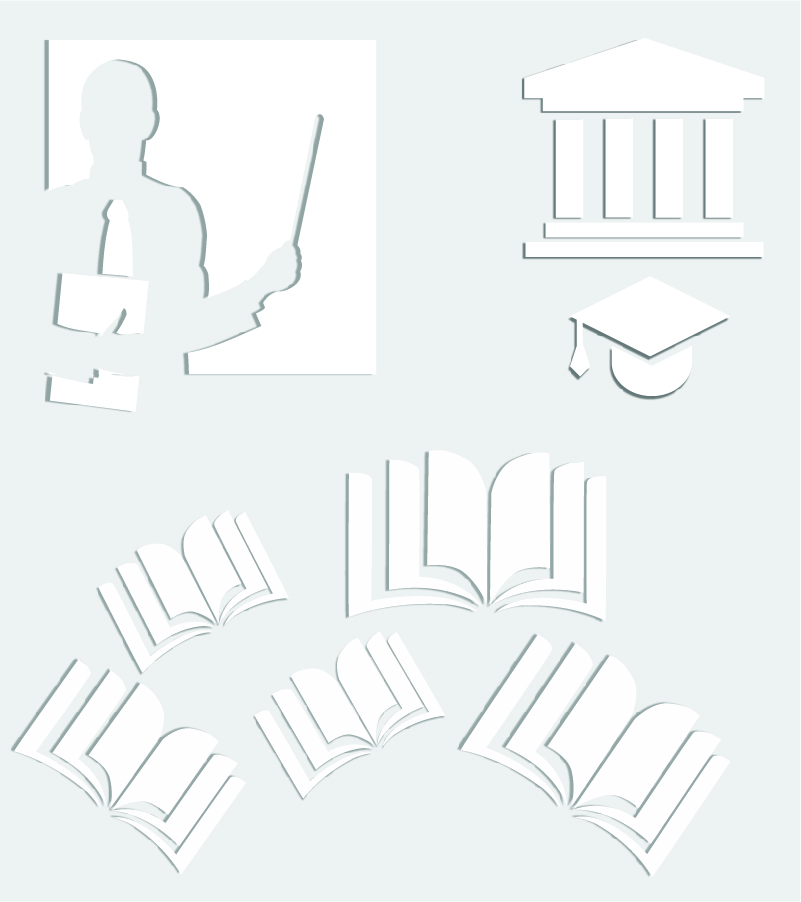Exchange programmes
About the Faculty
Studies
| Subject: Modelling and Simulation of Communication Systems
(12 -
EK203) Basic Information
Course specification
Course is active from 17.10.2012.. Acquisition of basic knowledge about the communication systems: basic blocks and their roles on the transmit side, the basic characteristics of the channel and the basic blocks and their characteristics on the receiving side. Students should gain knowledge about the operation of each block of a typical communication system and the ability to provide basic implementation of each of the blocks in MATLAB. In addition, the student should gain a global picture of the sequence of processing performed by each of the blocks and the ability to implement a complete communication chain for the realization of basic communication systems in MATLAB and interpret the results. Students who successfully master the material in this course will be able to: - Identify and explain the basic blocks of the communication system on the side of the transmitter and the receiver and describe their main features - Implement a basic implementation of each of the communication units using MATLAB's Communications Toolbox and set its basic parameters - Implement a complete simulation chain of the basic realization of the communication system in MATLAB and adjusts and adapts to the basic parameters of the basic blocks within a complex system - Present and interpret the results of a simulation of communication systems in MATLAB Getting to know your subject. Introduction to MATLAB. Short repetition of basic concepts in MATLAB: script files, functions, vectors and matrices, useful built-in functions. An intuitive introduction to signals in communication: information-carrying signal as analog and digital signals, the signals in the baseband and modulated signals, signal strength, signal spectrum, spectrum efficiency. Signal generation in MATLAB. An intuitive introduction to communication channels, transmission media: wired and wireless transmission channel noise, the basic channel models: a channel with Gaussian noise, the signal-noise ratio in the channel. More advanced models of communication channels, and their parameters. Generating channel model in MATLAB. The basic model of the communication system. Description and sequence of individual blocks at sender and receiver side. Implementation of the basic model of the communication system in MATLAB. Methods of calculating the probability of errors in transmission, the bit error probability and the probability of error messages through simulation experiments. The signal source. Fundamentals of signal compression. Algorithms for quantization and signal compression in MATLAB. Basic principles and implementation of protective coding information. Protective coding algorithms in MATLAB. Basic principles and implementation of codes for fault detection. CRC coding algorithms in MATLAB. Basic principles of digital modulation. Examples of modulation scheme and implementation in MATLAB. Basic principles of design communication receivers. Equalization procedure. Examples of implementation of the equalizer in MATLAB. Basic principles simulations of the complete communication system. Examples of implementation of basic communication systems in MATLAB. Execution of simulation experiments and display in MATLAB. Lectures, lab exercise.
|
© 2013. Faculty of Technical Sciences. Trg Dositeja Obradovića 6, 21000 Novi Sad. Tel: +381 21 450 810
Translation: FTS English Team
Translation: FTS English Team





